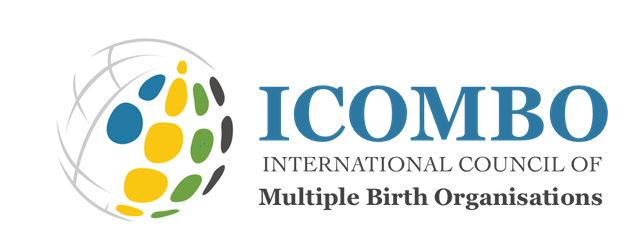Twin-to-Twin Transfusion Syndrome (TTTS)
Is a rare complication of twins and higher gestation pregnancies. The lives of both twins are endangered by this condition, and complications for surviving babies can include cerebral palsy. Treatment of TTTS with the laser fetoscope, available at Auckland Hospital, improves the survival rate of both twins to 50-60%, with a 75% chance that at least one twin will survive.
Early diagnosis of chorionicity is vital to detect TTTS. Dr Emma Parry, the Multiples NZ medical advisor, emphasises the need for early diagnosis of twin type (chorionicity) and regular scanning to identify the potential for problems early in the pregnancy:
About one-quarter of all twin pregnancies share a placenta. If you have a scan that shows you are having twins or higher-order multiples, it is important to find out if they are sharing a placenta before 16 weeks gestation, because after this scans are not accurate enough to diagnose whether the placenta is shared.
Dr Parry has devised a Guideline for the Management of Monochorionic Twins, where she discusses TTTS, and indicates that women who have been diagnosed with a monochorionic twin or multiple pregnancy need to have regular scans beginning at 16 weeks gestation, not the usual 20 weeks for twins who do not share a placenta. Dr Parry states that women also need to know the warning signs for TTTS:
Between 16 to 28 weeks, watch for a sudden increase in the size of your abdomen and shiny red skin, with a feeling of it being stretched or tight. If this happens, your doctor or midwife needs to arrange an urgent scan to assess what is happening.
To find out more about TTTS, click here.




